If you’ve ever been camping, you know that having access to fresh water is key. No one wants to have to drink out of a river or lake, and washing dishes or taking a shower can be downright miserable if there’s no way to get clean water. This article will teach you all you need to know about priming your RV water pump, as well as the most common issues and fixes.
Table of Contents
Preparation: How to Find your RV Water Pump
- The first step is to find the RV water pump. It’s usually located near the fresh water tank, and it may be mounted on the frame or floor of your RV. Once you’ve found it, make sure that the power switch is turned off.
- If your RV doesn’t have a power switch for the water pump, you’ll need to locate the fuse box and remove the fuse for the water pump ensuring that the pump doesn’t turn on while you’re working on it.
- Now that you’ve found and turned off (or removed) the power to your RV water the pump, it’s time to start priming it. The process is pretty simple, but there are a few things you’ll need to do before you get started.
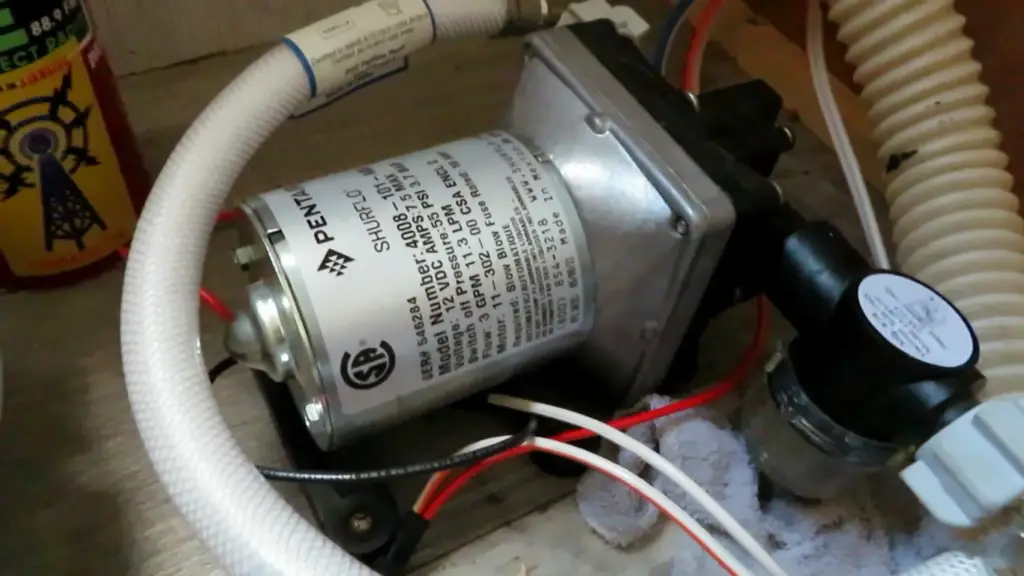
What’s the Function of a Water Pump?
Most RVs will have a fresh water holding tank that ranges in size from 30 to 100 gallons. This tank is usually located underneath the RV. As you use the water in the holding tank, the level will start to drop. Once it gets low enough, the pump will automatically turn on and start moving water from the tank into your plumbing system.
The pump will continue running until the pressure in your plumbing system reaches a certain point (usually around 40-50 PSI). At that point, the pressure switch will turn the pump off.
As you can see, the water pump plays a vital role in your RV’s plumbing system.
If you don’t prime the pump before using it, you could damage the pump or cause it to overheat.
How Does a Water Pump Work?
Your water pump is responsible for moving water from your freshwater tank to your faucets, shower, and toilet. It uses a small amount of electricity to power a motor that turns an impeller. This impeller creates suction which pulls the water through a series of filters and into the pump. The pump then pressurizes the water and forces it through your plumbing system and out your faucets.
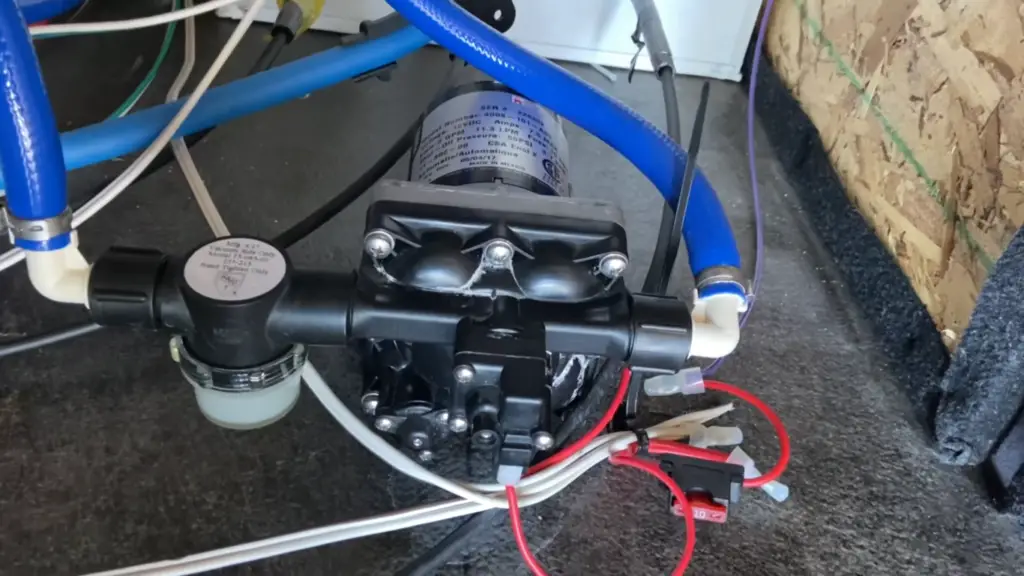
There are two types of RV water pumps, demand pumps, and constant flow pumps. Demand pumps only turn on when you open a faucet or start the shower. They provide good water pressure but can cause wear and tear on the pump if used too often. Constant flow pumps maintain a small amount of pressure in your lines at all times, even when all the faucets are closed. This can save wear and tear on your pump but doesn’t provide as much pressure as a demand pump.
Most RVs come with a demand water pump but you can upgrade to a constant flow pump if you want. Demand pumps are more common because they’re less expensive and easier to install.
Priming the water pump is important because it helps to remove any air from the system. Air can cause your pump to run dry and overheat, which can damage the pump or shorten its lifespan.
There are a few different ways to prime. The most common method is to use a garden hose. Simply attach one end of the hose to a faucet and the other end to your water pump’s inlet. Turn on the faucet and let the water run until it’s coming out of all the faucets in your RV.
If you don’t have a garden hose, you can also use a bucket or container filled with water. Pour the water into the inlet of your pump and turn on the power switch. The water should start flowing through your pump and out the other side. Continue adding water to the pump until it’s full and then turn off the power switch.
Once your pump is primed, you’re ready to start using it. Just remember to turn off the power switch when you’re finished using it for the day. This will help prolong the life of the pump.
Water Flow Rate
The rate of water flow is an important consideration when priming. Make sure to check the manufacturer’s specifications to determine the proper flow rate for your particular model. If the flow rate is too low, it can take longer to prime the pump and get the desired results. Conversely, if the flow rate is too high, it can cause problems with the pump itself or with the plumbing in your RV. [1]
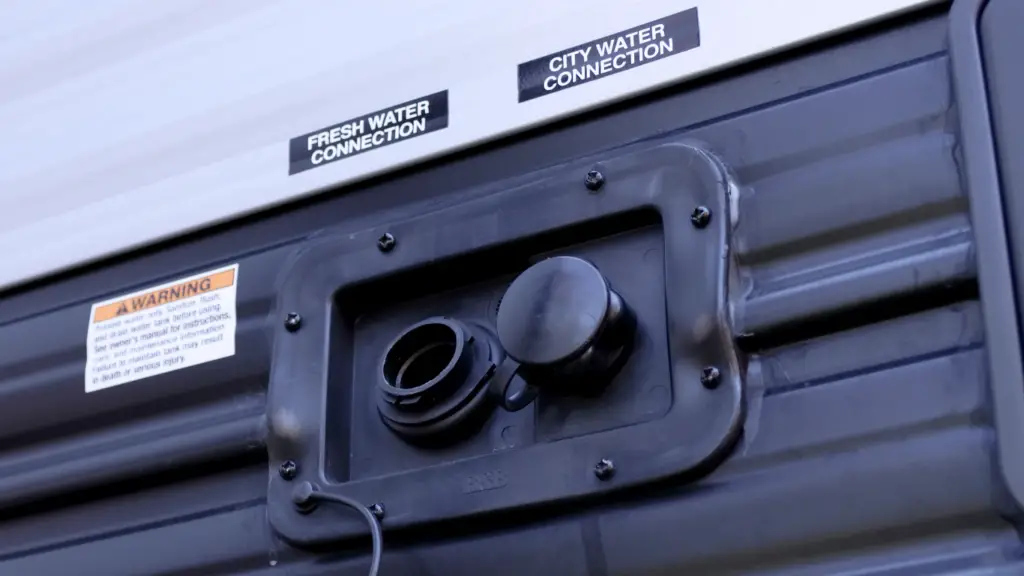
Water Pressure
Another important consideration when priming your RV water pump is water pressure. Most pumps have a maximum pressure rating that should not be exceeded. Check the manufacturer’s specifications to determine the maximum pressure for your particular model. Exceeding this pressure can damage the pump and void any warranties that may be in effect.
Types of Water Pumps
There are two types of water pumps that you’ll find in RVs: demand (or diaphragm) pumps and inline (or centrifugal) pumps.
If you have an inline pump, it’s important to know how to prime it properly. If you don’t, your pump could overheat and burn out. [2]
Important Safety Tips
Before you start priming, there are a few important safety tips to keep in mind:
- First, always make sure that the power to your RV is turned off before beginning any type of maintenance or repair. This includes both the electrical power and the water supply.
- Secondly, be sure to familiarize yourself with the location of all the shut-off valves in your RV. This will come in handy if you need to quickly turn off the water supply in an emergency.
- Finally, always have a bucket handy when working on any plumbing project. This will help catch any water that may spill during the process.
Use a Clean Hose
Always remember to use a clean hose. This is because the water that you’ll be pumping into your RV will be coming from the same hose.
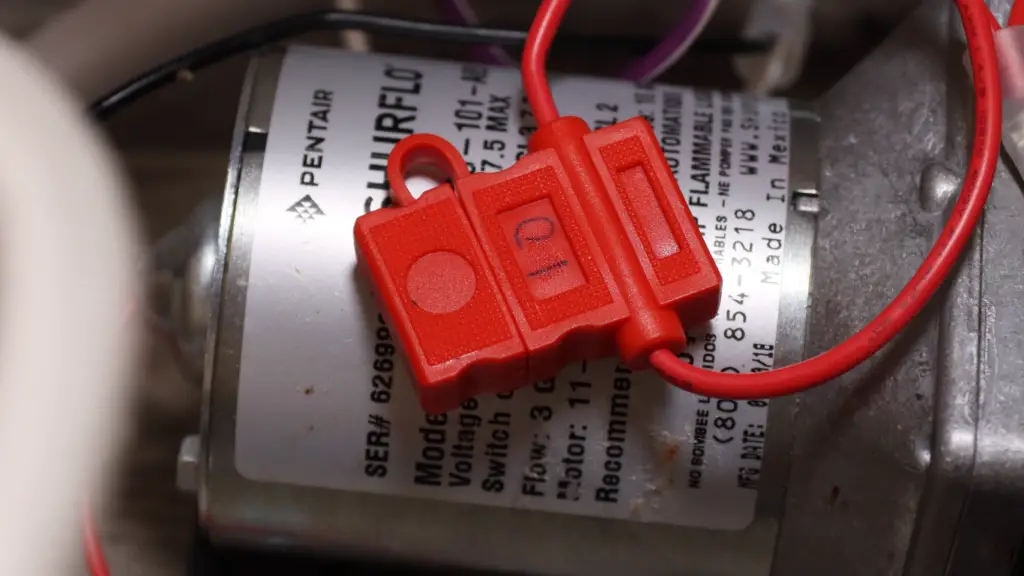
If there is any dirt or debris in the hose, it could end up clogging your pump or causing other problems down the line. To avoid this, always use a new or clean hose when priming the water pump.
Once you have a clean hose, attach one end to the city water connection on your RV and the other end to a faucet at your campsite. Make sure that both valves are open before proceeding to the next step.
If you don’t have a water connection, you can fill a clean bucket with water and attach the hose to that.
Once the hose is attached, turn on the water at the faucet (or bucket) and let it flow into your RV until you hear water running out of the other end of the hose for removing any air from the line and get your pump started.
Get Rid of Trapped Air
The first step is to get rid of any trapped air in the system. To do this, you’ll need to open up the bleeder valve on the pump. This is usually located near the top of the pump. Once you’ve opened up the bleeder valve, you should start to see water coming out. If not, then you may need to manually prime the pump by adding water to it.
Once you see water coming out of the bleeder valve, close it back up and turn on the pump. You should now notice that your water pressure has increased significantly. If not, then repeat this process until all of the air has been purged from your system.
Fill the Water Tank
The first thing you need to do is fill up the water tank. This will give the pump something to draw from when it starts running. Make sure that the tank is full before you move on to the next step.
Remove Antifreeze
The next step is to remove any antifreeze from the lines. To do this, you’ll need to open all of the faucets in your RV and run the water pump until the water runs clear. Once the water is clear, you can close the faucets and move on to priming.
How to Prime an RV Water Pump
If you’ve ever been RVing, you know that one of the essential things is having a good water supply. Without a properly functioning water pump, you’re going to be stuck taking cold showers and doing dishes in dirty water.
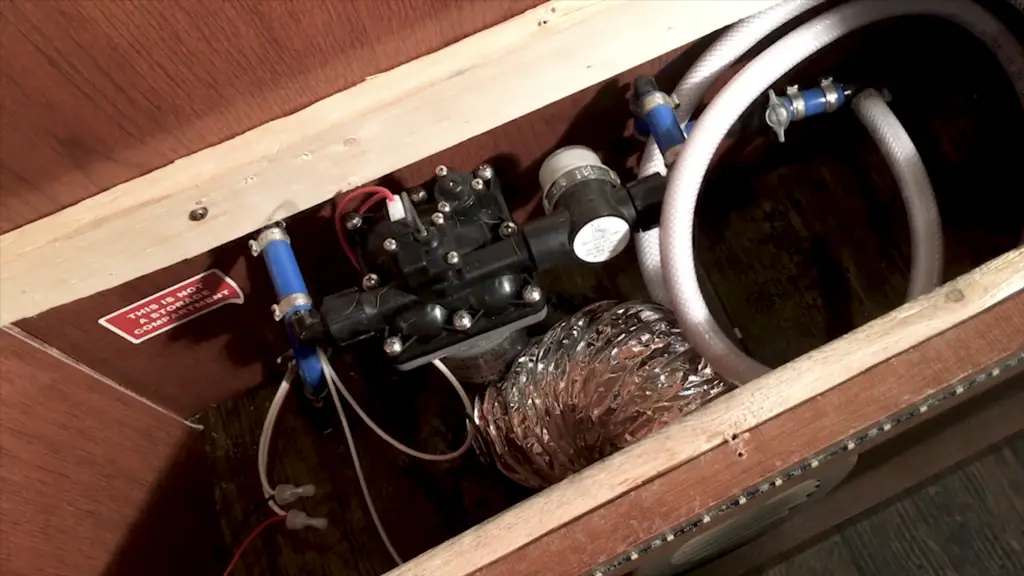
Fill the Freshwater Tank
The first step is to ensure that your freshwater tank is full. This will give the pump enough water to work with and prime the system.
If you’re not sure, consult your owner’s manual or ask a qualified RV technician.
Turn on Cold Water Valve
The next step is to turn on the cold water valve. Once you have turned it on, open up all the faucets in your RV to allow air to escape.
If you’re having trouble finding the cold water valve, consult your RV’s manual.
Once the valve is open, go back to the pump and turn it on. You should now start to see water flowing out of all the faucets.
Turn On the Water Pump
Once you’ve found the switch, flip it to the “on” position. You may hear a humming noise as the pump starts working. If everything is working correctly, water should start flowing out of the faucet. If not, check to make sure that your hose is securely attached and that there are no kinks or leaks in the line.
If you still can’t get any water flow, then it’s possible that your pump isn’t primed. In this case, you’ll need to follow the next few steps to prime the pump.
Let Pump Run
Let the pump run for about 30 seconds so that it can fully prime itself. If everything is working properly, you should now be able to hear the water flowing through the pipes. If not, don’t worry! Just head back to step one and start again.
Repeat With All Water Taps
Now that you know how to prime your RV water pump, it’s time to put that knowledge into practice. Start by opening all the taps in your RV and letting the water run until it’s clear. Turn off the pumps and close all the taps. [3]
Once you’ve done this, open the main valve to the fresh water tank and turn on the pump. Run the pump for a few minutes, then turn it off and open all the taps again.
Repeat this process whenever you need to use your RV’s plumbing system. With a little practice, you’ll be a pro in no time.
RV Water Pump Troubleshooting Tips
There are a few things you can do to troubleshoot the issue. First, check to make sure that the intake hose is not kinked or blocked. Next, check the strainer or filter to see if it needs to be cleaned or replaced. Finally, make sure that the vent line is clear and open. If you still can’t get the pump to prime, you may need to replace the diaphragm or other parts.
If your water pump isn’t working at all, there are a few things you can check before calling a technician. First, make sure that there is power getting to the pump. Next, check all of the hoses and fittings to make sure they are tight and not leaking.
Water pumps are an essential part of any RV, but they can sometimes be a bit tricky to use. With a little troubleshooting, though, you should be able to get your pump up and running in no time.
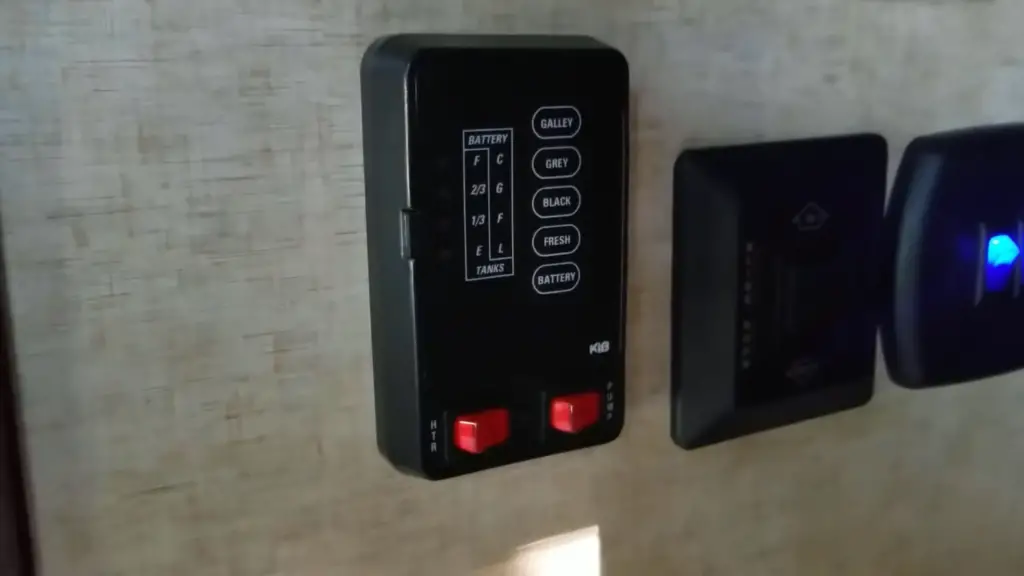
Know When to Replace a Bad Pump
Over time, the pump will start to wear down. If you notice a decrease in water pressure, or if the pump starts making strange noises, it’s time to replace it. Replacing a bad pump is much easier than trying to repair one, so it’s best to just buy a new one.
If you’re not sure how to tell if the pump is going bad, here are a few signs to look for:
- Decreased water pressure
- Strange noises coming from the pump
- Leaking from the pump
- Pump doesn’t turn on
These are all common signs that the pump needs to be replaced. If you notice any of these things, don’t try to repair the pump, just buy a new one.
Installing a new water pump is pretty simple. Just follow these steps:
- Turn off the power to the pump. This is usually done by flipping a switch on the control panel.
- Remove the water pump by unscrewing it from its mounting bracket.
- Install the new pump in the same place as the old one. Make sure to tighten it down so it doesn’t come loose.
- Reconnect all of the hoses and wires.
- Turn on the power and test out the new pump to make sure it’s working properly.
FAQ
Do you need to prime RV water pump?
The answer to this question is yes, you need to prime the water pump. This is because the pump needs to be primed in order to work properly. Without proper priming, the pump will not be able to draw water from the tank and will eventually fail.
There are two ways to prime. The first way is by using a manual primer button. This method is simple and straightforward. All you need to do is press the primer button until you hear the sound of water flowing through the system.
The second way to prime is by using an electric primer switch. This method is more complex but it does have its advantages. For one, it eliminates the need to press the primer button manually.
It is important to note that you should only use one method of priming at a time. Using both methods simultaneously can cause damage to the water pump and void the warranty. [4]
Once you have successfully primed the pump, it is important to run some water through the system before using it. This will help to flush out any air that may be trapped in the lines and prevent damage to the pump.
How do I get air out of my RV water pump?
If you notice that your water pump is losing its prime, or if it’s not working as efficiently as it used to, there are a few things you can do to get the air out of the system and improve performance.
First, check all of the fittings and connections to make sure they’re tight and there are no leaks. If everything looks good there, try bleeding the line by opening the bleeder valve (usually located on the top of the pump) until water comes out. [5]
If neither of those solutions works, you may need to remove the entire pump and start from scratch. This time, be sure to open all of the faucets in your RV before you turn on the pump, and then bleed the line again once the pump is running.
How do I prime my RV water system?
If your RV water pump isn’t working, it might just need to be primed. To prime it, you’ll need to pour a gallon of clean water into the reservoir and then turn on the pump. The water will help to remove any air from the system and get the pump working again.
If you’re still having trouble with your RV water pump, there are a few other things you can try. Make sure that all of the valves in your system are open and that there’s no debris blocking the flow of water. You might also need to replace the filter or clean out the entire system if it’s full of sediment.
Why does my RV water pump lose prime?
There are a few reasons the pump could lose prime:
- If there is a break in the suction line, air will enter and prevent the pump from properly priming. Check for leaks in the suction line and repair as needed.
- The check valve might be faulty or installed incorrectly. Make sure the check valve is working properly and installed in the correct direction.
- If there is too much pressure in the system, it can cause the pump to lose prime. Relief valves are designed to release excess pressure and should be checked if this is suspected to be the issue.
- Finally, if there is not enough water in the tank, the pump will run dry and lose prime. Always make sure there is enough water in the tank before running the pump. [6]
Useful Video: RV WATER PUMP TROUBLESHOOTING (Pump Runs but No Water…Fixed!)
Conclusion
Priming your RV water pump is a simple process that anyone can do. By following the steps above, you can ensure that your pump will always have a good prime and be ready to go when you need it.
Thanks for reading!
References
- https://www.envirodesignproducts.com/blogs/news/how-to-prime-an-rv-water-pump-step-by-step
- https://www.linquip.com/blog/types-of-water-pumps/
- https://gonecamping.net/how-to-prime-your-rv-water-pump/
- https://www.envirodesignproducts.com/blogs/news/how-to-prime-an-rv-water-pump-step-by-step
- https://camperfaqs.com/how-to-bleed-air-from-rv-water-lines
- https://www.airforums.com/forums/f163/water-pump-losing-prime-47967.html

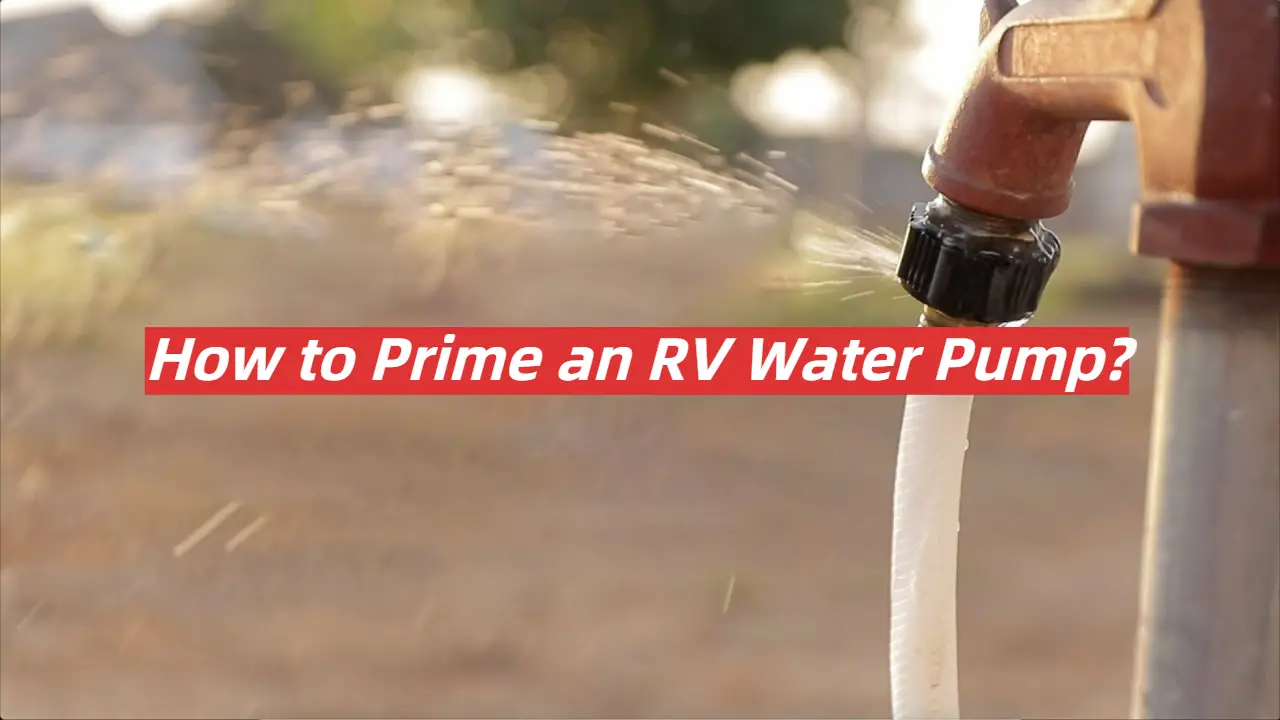
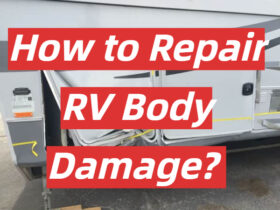
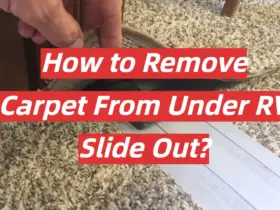
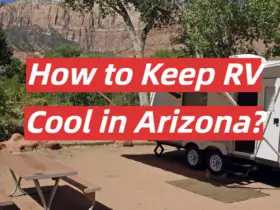
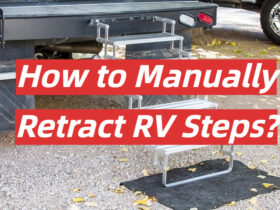
Leave a Reply